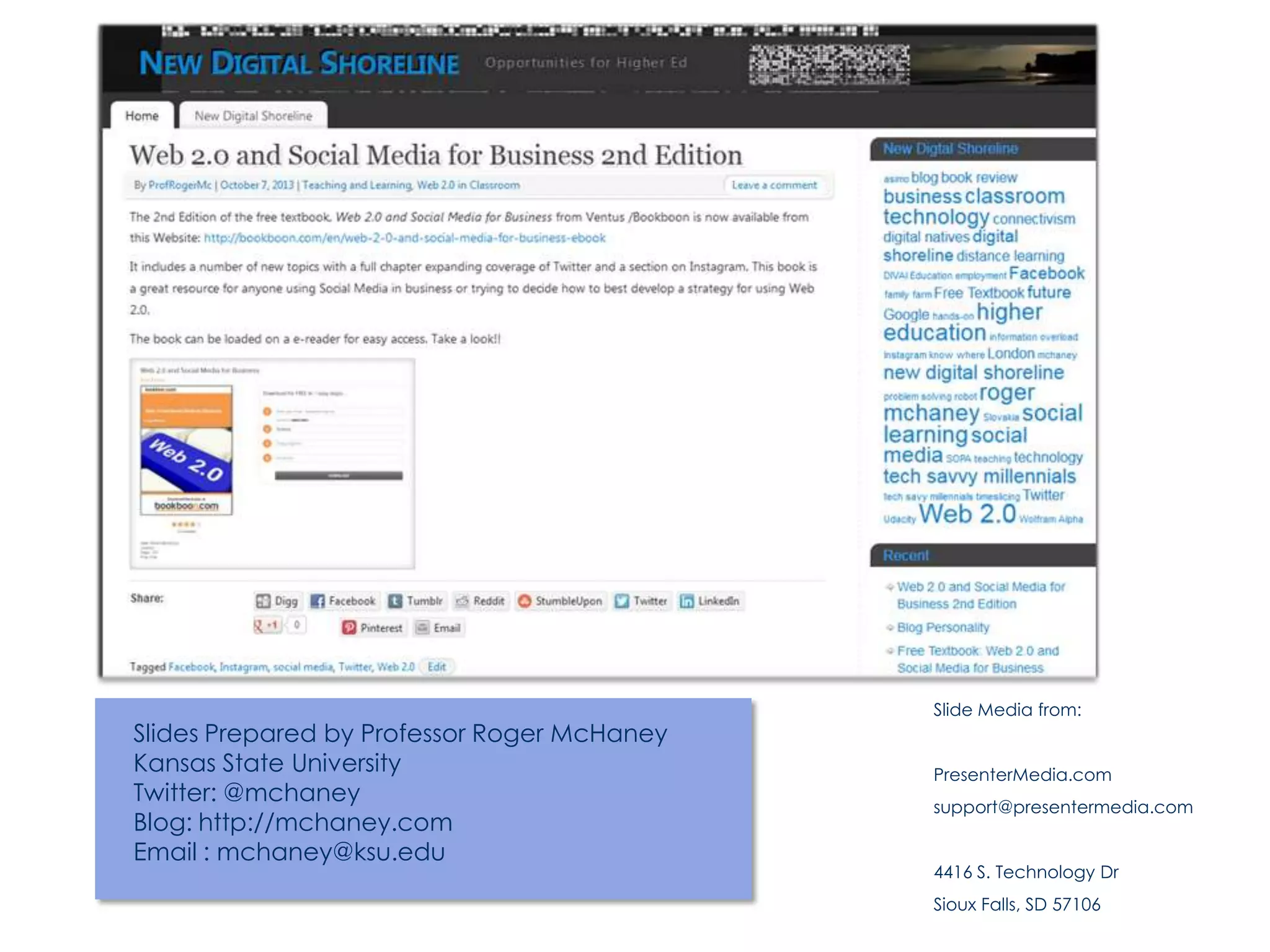This document discusses key aspects of blogging for business. It defines what a blog is, noting that it allows one-to-many communication through personal reflections and media. Blogs originated from early online journals and bulletin boards. The document outlines attributes businesses should consider for their blog, including voice, frequency, style, features that optimize search and social media, and infusing passion. It also examines options for hosting a blog internally versus using external hosting services.
































